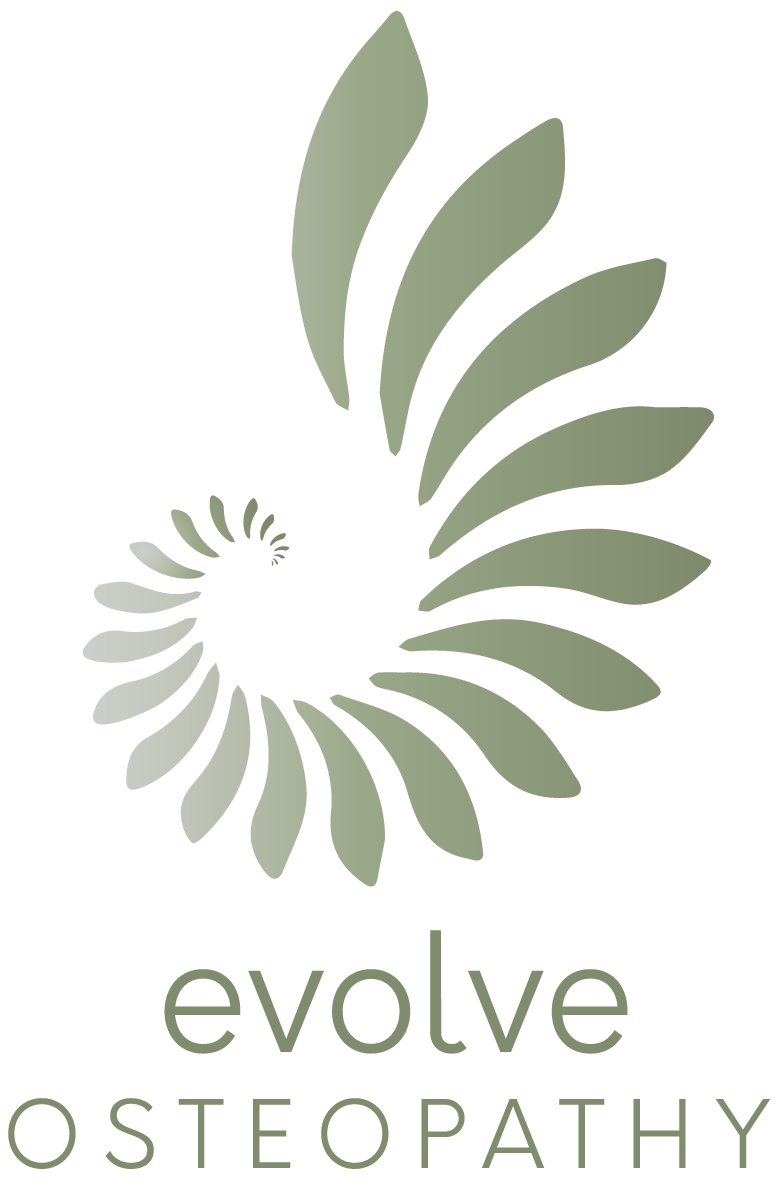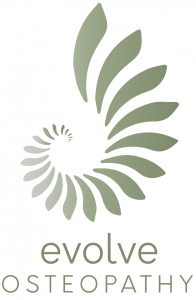Foam rolling has become increasingly popular among athletes and fitness enthusiasts as a cost-effective and convenient way to relieve muscle tightness and improve flexibility. Using a foam roller can help alleviate aches and pains in various parts of the body, making it a valuable tool for anyone looking to enhance their recovery and performance. In this blog, we will explore the benefits of using a foam roller, techniques for targeting specific aches and pains, how to incorporate foam rolling into your routine, and tips for maximising the benefits.
Benefits of Using a Foam Roller
One of the main benefits of using a foam roller is its ability to release muscle tension and improve blood circulation. By applying pressure to specific areas of the body, foam rolling helps to break up knots and adhesions in the muscles, reducing soreness and promoting faster recovery. Additionally, foam rolling can help improve flexibility and range of motion, making it easier to perform exercises and prevent injuries.
Foam rolling is also an effective way to reduce muscle pain and stiffness after a tough workout. By rolling out tight muscles, you can help alleviate post-exercise soreness and prevent it from turning into more serious injuries. Regular foam rolling can also help improve overall workout performance by increasing muscle activation and promoting better movement patterns.


Techniques for Targeting Aches and Pains
When using a foam roller to target specific aches and pains, it’s important to focus on the areas that feel tight or restricted. For example, if you have tight hamstrings, you can use a foam roller to roll out the back of your thighs. To target tight calves, you can roll the foam roller up and down the length of your lower legs. Experiment with different techniques and positions to find what works best for you and your specific areas of discomfort.
How to Incorporate Foam Rolling into Your Routine
Incorporating foam rolling into your routine can be as simple as adding a few minutes of rolling before or after your workouts. You can also use a foam roller as part of a warm-up or cool-down routine to help prepare your muscles for exercise or aid in post-workout recovery. Aim to foam roll at least a few times a week to experience the full benefits and prevent muscle tightness from building up.

Tips for Maximising the Benefits
To maximise the benefits of using a foam roller, be sure to roll slowly and apply steady pressure to the areas of the body that feel tight or sore. Avoid rolling directly over joints or bones, and focus on the larger muscle groups instead. It’s also important to listen to your body and adjust the intensity of the foam rolling based on your comfort level. Additionally, staying hydrated and incorporating stretching and mobility exercises into your routine can help enhance the effects of foam rolling.
In conclusion, using a foam roller is a simple yet effective way to relieve aches and pains, improve flexibility, and enhance recovery. By incorporating foam rolling into your routine and using proper techniques, you can experience the full benefits of this versatile tool. Whether you’re a professional athlete or a weekend warrior, adding foam rolling to your self-care regimen can help you stay healthy, active, and pain-free. So grab a foam roller and start rolling your way to better performance and well-being today!
If you have tried foam rolling for exercise, sports performance or to help alleviate aches and pains like back pain and still no joy have you considered consulting with an MSK Osteopath? Book today at Evolve Osteopathy for your initial consultation with an Osteopath for a more in depth assessment.

